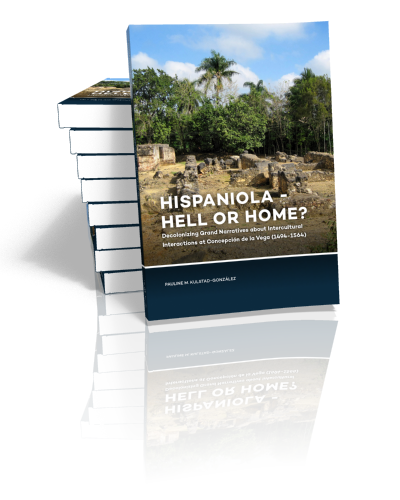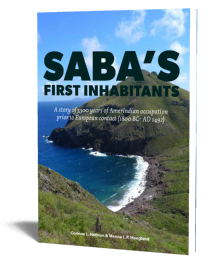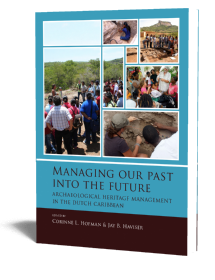
Hispaniola - Hell or Home?
Decolonizing Grand Narratives about Intercultural Interactions at Concepción de la Vega (1494-1564)
Pauline M. Kulstad-González | 2020
Paperback ISBN: 9789088908514 | Hardback ISBN: 9789088908521 | Imprint: Sidestone Press Dissertations | Format: 182x257mm | 256 pp. | NEXUS 1492 | Language: English | 5 illus. (bw) | 18 illus. (fc) | Keywords: historical archaeology, Dominican Republic, grand narratives, Spanish conquest, decoloniality | download cover
Read online or downloaded 603 times
- Digital & Online access
-
Buy via Sidestone (EU & UK)
-
Buy via our Distributors (WORLD)
For non-EU or UK destinations you can buy our books via our international distributors. Although prices may vary this will ensure speedy delivery and reduction in shipping costs or import tax. But you can also order with us directly via the module above.
UK international distributor
USA international distributor
-
Browse all books by subject
Browse by subject
-
Search all books

We will plant a tree for each order containing a paperback or hardback book via OneTreePlanted.org.








